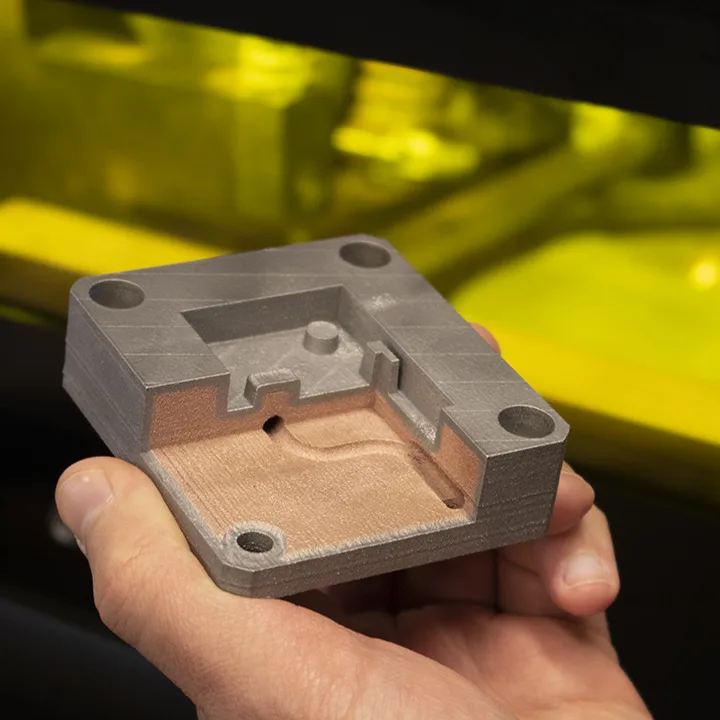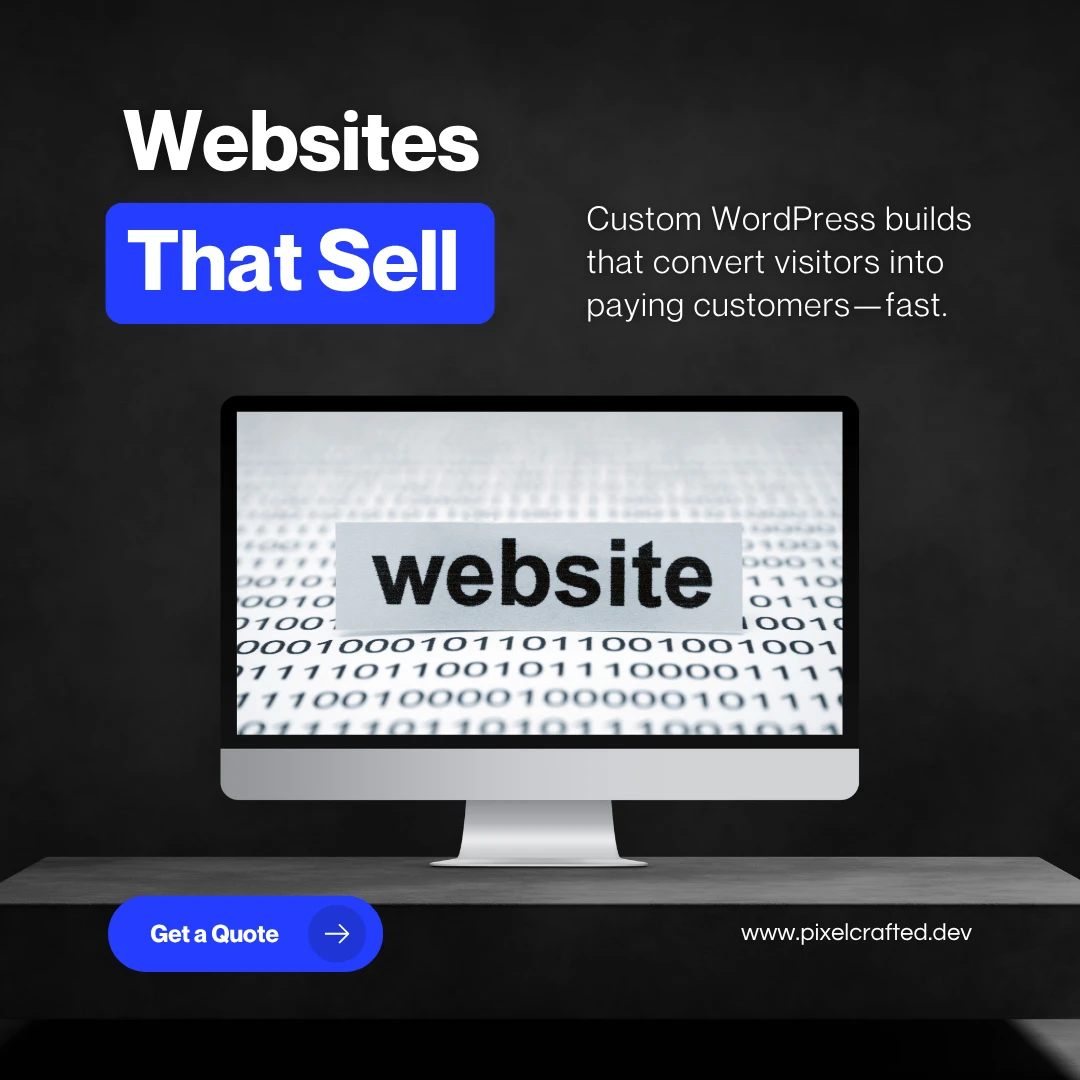Introduction: The Future of Fabrication Begins Here
Imagine creating a complex metal part where one section is optimized for heat conduction and another for mechanical strength—all printed in a single build. This is the transformative promise of Multi-Material Laser Powder Bed Fusion (MM-LPBF).
While traditional 3D printing revolutionized prototyping and manufacturing, MM-LPBF is the next frontier, enabling multi-functional, spatially tailored components to meet demanding applications across aerospace, biomedicine, energy, and beyond.
In this guide, we’ll break down what MM-LPBF is, how it works, its benefits and limitations, and explore real-world applications. By the end, you’ll understand why MM-LPBF is more than just an innovation—it’s a leap forward in metal additive manufacturing.
What Is Multi-Material LPBF?
Multi-Material Laser Powder Bed Fusion (MM-LPBF) is an advanced metal 3D printing technology that enables the layer-by-layer fusion of two or more metals in a single build. Unlike conventional LPBF—which uses one metal powder at a time—MM-LPBF leverages Selective Powder Deposition (SPD) to position and fuse different powders with precision, based on a digital 3D model.
Key Differences from Standard LPBF:
- Standard LPBF: Uses one material throughout the part.
- MM-LPBF: Combines multiple metals in a single structure, each with region-specific properties.
Common Material Pairings:
- Stainless Steel + Bronze: Strength with conductivity.
- Titanium + Tantalum: Ideal for biomedical implants.
- Tool Steel + Copper: Useful in mold tooling with embedded cooling.
Recent research by Griffis et al. (2025) has shown that MM-LPBF can successfully fuse these materials when process parameters are optimized for each metal’s thermal characteristics, reinforcing the importance of material science in this technology.
How Multi-Material 3D Printing Works
The MM-LPBF process is a sophisticated evolution of standard LPBF. Here’s a simplified breakdown:
1. CAD Modeling with Material Zones
- Engineers design the part and assign specific regions to different materials.
- Generative design tools (like nTopology) help optimize performance-driven zones.
2. Selective Powder Deposition (SPD)
- Different powders are deposited in assigned regions using a patterned recoater.
- Precision is key to avoid cross-contamination.
3. Laser Fusion with Tailored Settings
- A high-power laser fuses each powder type with custom settings for melt efficiency.
- Parameters like power, scan speed, and hatch spacing vary by material.
4. Layer-by-Layer Fabrication
- The process repeats, layer by layer, until the full part is complete.
Common Tools Used:
- Software: nTopology, Siemens NX, Materialise.
- Hardware: Advanced LPBF systems like Aconity3D MIDI+ with multi-material recoaters.
Advantages of Multi-Material LPBF Technology
MM-LPBF delivers unparalleled design freedom and functional performance by allowing material placement based on need—not limitation.
Why It Matters:
- Consolidates complex assemblies into one part.
- Enables functional grading (e.g., wear-resistant exterior + ductile interior).
- Combines mechanical, electrical, and thermal characteristics.
- Drives innovation in cutting-edge industries.
Top Benefits:
- ✅ Lightweight yet strong components
- ✅ Customized regional performance
- ✅ Material and cost efficiency
- ✅ Freedom to design beyond traditional constraints
Key Challenges and Limitations
Like all emerging technologies, MM-LPBF faces several hurdles:
1. Material Compatibility
- Different metals have varying thermal behaviors.
- Mismatched expansion and cooling rates can cause stress and delamination.
2. Interfacial Defects
- Common defects include porosity, micro-cracks, and residual stress at material junctions.
- Advanced imaging (e.g., EBSD, Micro-CT) shows these issues often correlate with build direction.
3. Limited Design Standards
- Few established frameworks exist for designing multi-material parts.
- Engineers rely on FEA and iterative testing.
4. System Cost & Complexity
- MM-LPBF equipment is more costly and demands skilled operation.
- Calibration and quality assurance are critical.
Case in Point:
A study by Griffis et al. (2025) involving 904L stainless steel and bronze revealed that build orientation directly affects interfacial crack formation. When steel was printed over bronze in the Z-direction (SS, Br)z, cracks were significantly reduced due to more favorable thermal gradients and stress distributions.
Real-World Applications of MM-LPBF
MM-LPBF is being adopted across industries that demand performance-driven customization:
1. Biomedical Implants
- Graded stiffness to match bone elasticity.
- Porous structures promote osseointegration.
- Applications: Orthopedic implants, cranial plates, dental prosthetics.
2. Aerospace Components
- Lightweight and heat-resistant hybrid parts.
- Applications: Turbine blades, structural mounts, heat exchangers.
3. Energy Systems
- Multi-metal pathways for thermal management.
- Used in power electronics, heat exchangers, and battery housings.
4. Transportation & Tooling
- High-wear zones paired with flexible cores.
- Embedded electronics in functional tooling.
Mini Case Study:
Griffis et al. demonstrated a TPMS gyroid lattice printed in bronze and 904L stainless steel, which showed superior surface area, internal connectivity, and strength—ideal for load-bearing and biomedical applications.
Why Build Orientation Matters in MM-LPBF
Build orientation plays a critical role in the final part quality.
Key Influences:
- Crack Propagation: More likely along certain interfacial planes.
- Melt Pool Behavior: Affected by laser direction and gravity.
- Mechanical Performance: Properties like strength and fatigue vary with direction.
Backed by Research:
Research by Griffis et al. (2025) confirmed that build orientation governs interfacial defect formation. Their use of EBSD and EDS showed fewer cracks in the (SS, Br)z configuration, while Micro-CT scans highlighted that nano-scale cracking was a key factor in premature mechanical failure.
These findings underscore the importance of orienting materials strategically to minimize thermomechanical stress during printing.
The Future of Multi-Material Metal 3D Printing
MM-LPBF is evolving rapidly, with breakthroughs that could accelerate mainstream adoption:
1. In-Situ Monitoring & AI Optimization
- Real-time feedback loops improve quality.
- AI fine-tunes parameters during printing.
2. Regulatory and Industry Adoption
- Standards are emerging for medical and aerospace applications.
- Traceability and compliance will unlock broader use.
3. Material Database Expansion
- Development of validated material combinations will reduce trial-and-error.
4. Hybrid Manufacturing Integration
- Combining additive with CNC machining delivers precision and surface finish.
Conclusion: Putting It All Together
Multi-Material LPBF is transforming how we engineer metal parts—enabling hybrid components that are lighter, stronger, and smarter. By integrating multiple materials into a single design, MM-LPBF unlocks a level of functional complexity that traditional methods can’t match.
Despite challenges in interface integrity, process complexity, and material pairing, the future is promising. With advances in simulation, AI-driven monitoring, and material science, MM-LPBF is paving the way for innovation in biomedicine, aerospace, energy, and beyond.
Whether you’re a design engineer, researcher, or curious learner—now is the time to explore the possibilities of this cutting-edge technology.
Frequently Asked Questions (FAQ)
Can you mix any two metals in MM-LPBF?
Not always. Metals must have compatible melting points and thermal behavior. Popular pairings include steel/copper and titanium/tantalum.
What industries use multi-material 3D printing?
MM-LPBF is used in aerospace, biomedicine, energy, automotive, and defense.
How does MM-LPBF differ from welding or cladding?
Unlike welding, MM-LPBF offers micron-scale precision and enables the creation of internal structures and complex geometries that traditional methods cannot achieve.
Sources
- Griffis, J.C., Shahed, K., Meinert, K., Yilmaz, B., Lear, M., & Manogharan, G. (2025). Multi-material laser powder bed fusion: effects of build orientation on defects, material structure and mechanical properties. npj Advanced Manufacturing, 2, 5. https://doi.org/10.1038/s44334-025-00020-5




